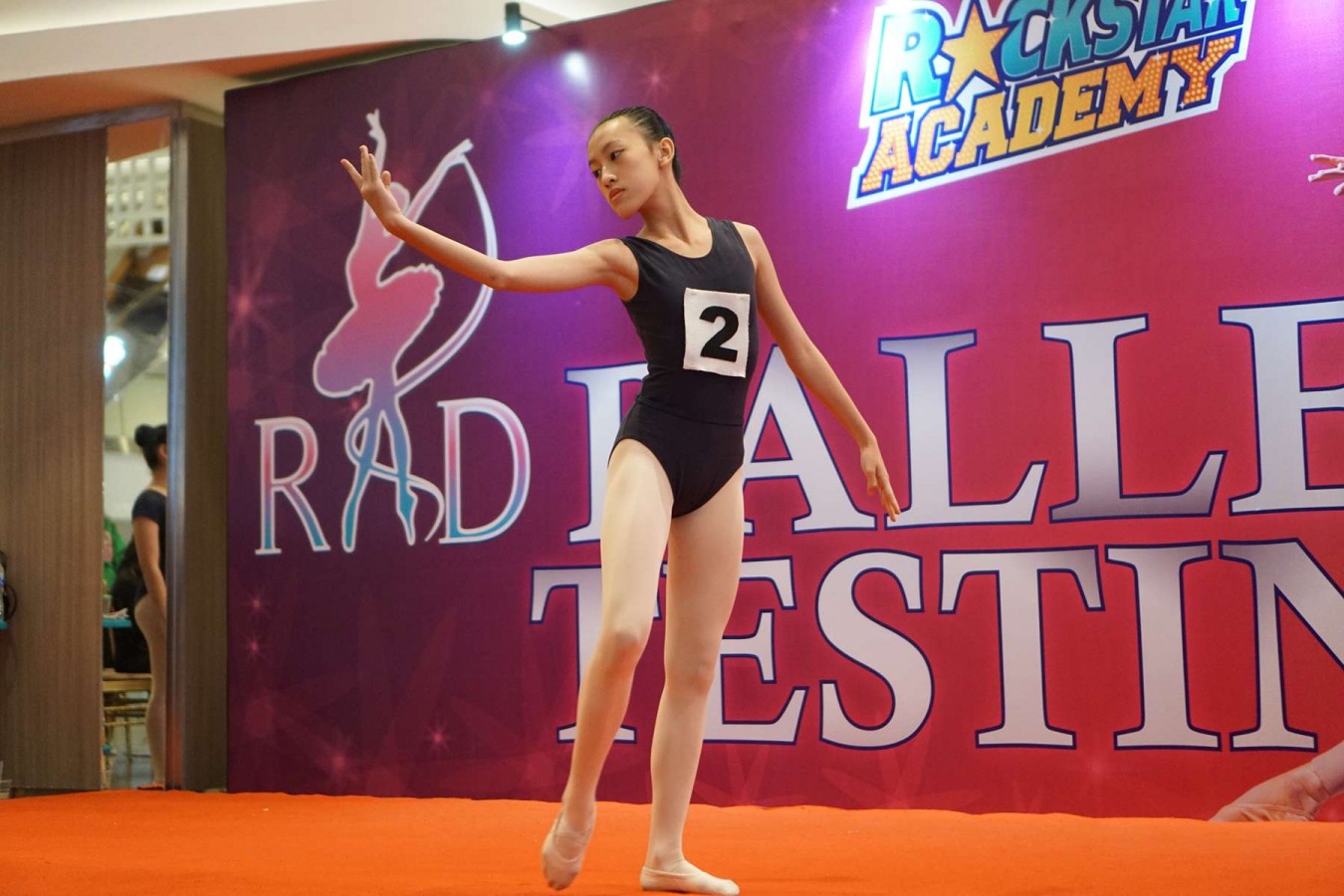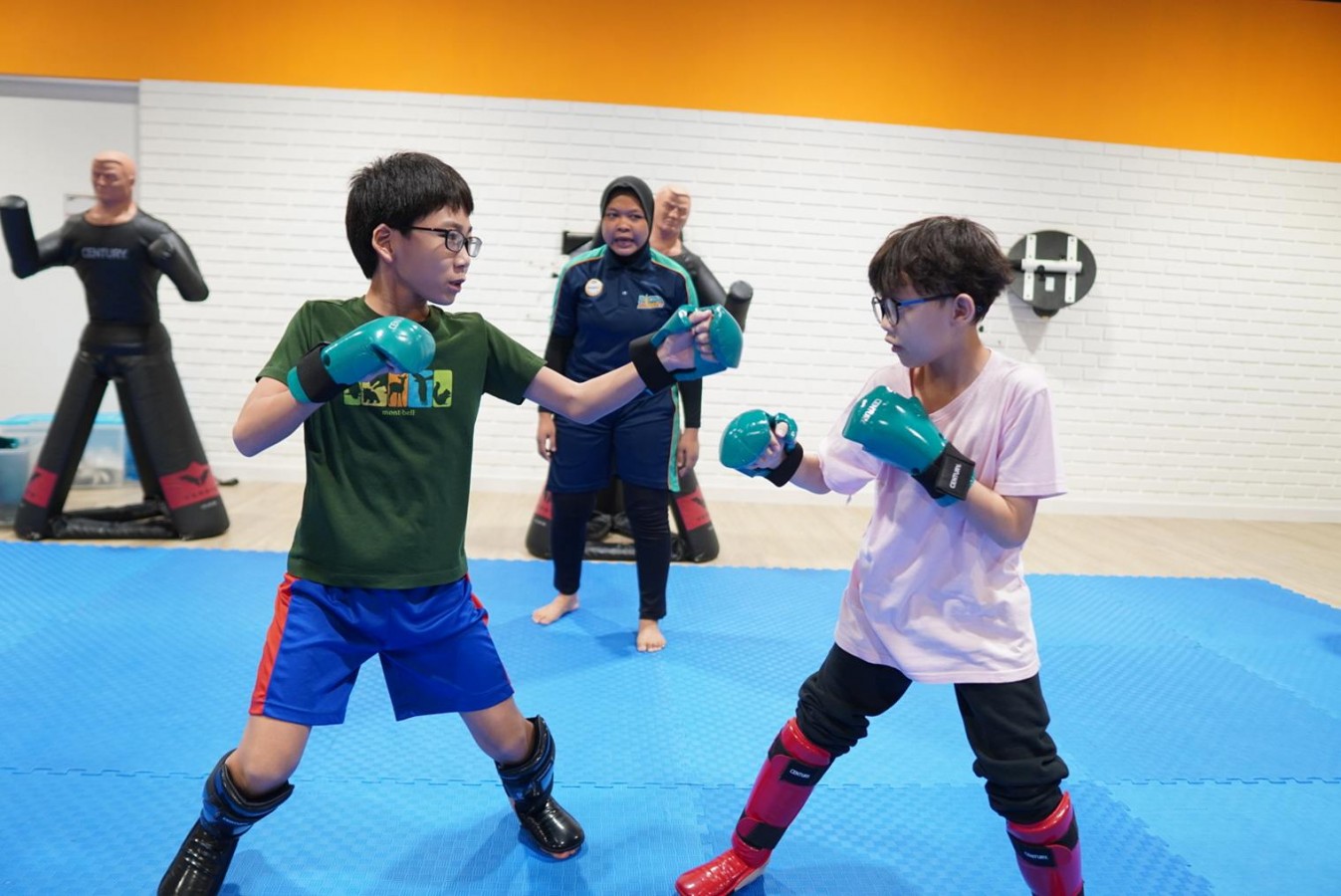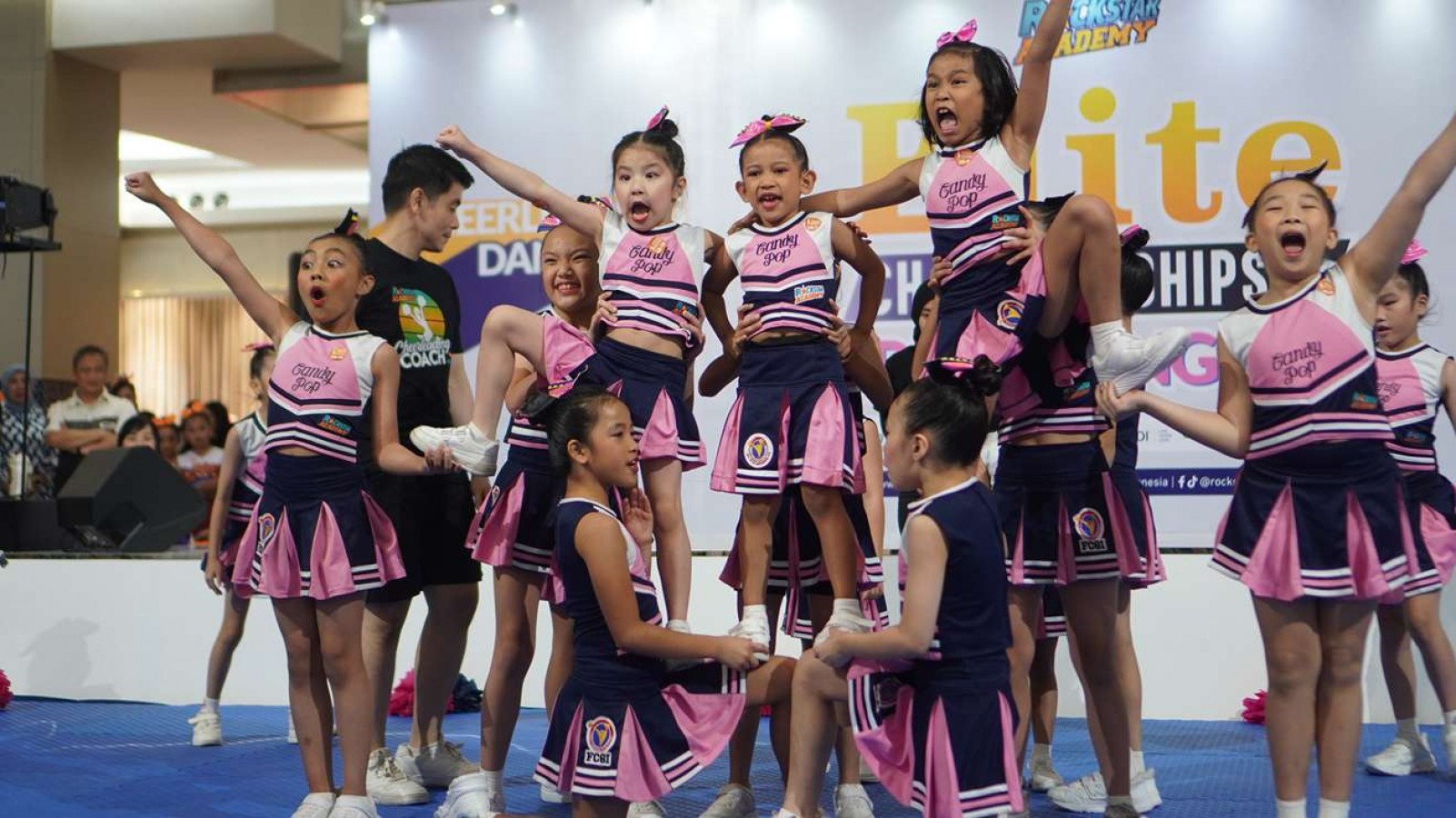New to Ballet? Make Sure To Know These Ballet Position's Feet!

As you know, the central to ballet technique are the various positions of the feet, which serve as the foundation for movement and form.
This time, we will delve into the essential ballet positions of the feet, providing detailed descriptions and insights to help both beginners and seasoned dancers refine their technique.
What is Ballet Positions Feet?
The positions of the feet in ballet are standardized and form the basis for proper alignment, balance, and movement. Mastery of these positions is essential for dancers to execute choreography with elegance and precision.
While there are five primary positions of the feet in classical ballet, variations and extensions of these positions also exist, offering versatility and expression in movement.
5 Primary Positions of Ballet Feet
These five positions of the feet, legs, and arms are the foundation of classical ballets. It was developed in the 1600’s and codified by King Louis XIV, dance director Jean-Baptiste Lully, and ballet-master Pierre Beauchamp.
For better understanding, here are the five ballet feet positions you should know:
1. First Position
- In the first position, the heels are together, and the toes are turned outwards, forming a straight line from heel to heel.
- The feet are approximately a foot's width apart, creating a stable and balanced stance.
- Dancers strive to maintain alignment by ensuring that the knees and thighs are rotated outward in line with the toes.
2. Second Position
- Second position is characterized by the feet being apart from each other, approximately shoulder-width apart.
- Both heels are aligned, and the toes are turned outward, mirroring the alignment of the knees and thighs.
- This position offers a wider base of support and is commonly used for movements requiring expansive gestures and jumps.
3. Third Position
- Third position is a transitional position that combines elements of first and fifth positions.
- One foot is placed in front of the other, with the heel of the front foot aligned with the arch of the back foot.
- The toes of both feet are turned outwards, and the weight is evenly distributed between the front and back foot.
4. Fourth Position
- Fourth position is similar to second position but with one foot placed in front of the other.
- The feet are separated, with one foot positioned in front of the other, approximately one foot's length apart.
- Both heels remain aligned, and the toes of both feet are turned outward, maintaining the characteristic turnout of ballet technique.
5. Fifth Position
- Fifth position is the most advanced and demanding of the basic positions, requiring a high degree of turnout and precision.
- The feet are positioned close together, with one foot placed directly in front of the other.
- The toes of the back foot align with the heel of the front foot, creating a straight line from heel to toe.
- Dancers strive for perfect alignment and symmetry, with the weight evenly distributed between both feet.
Ballet Exercise for Beginners
For those of you who want to learn ballet, there are several exercises you can try. These exercises aim to improve flexibility and train your legs. By doing them regularly, you can apply ballet position’s feet perfectly. Here are some the exercises that ballerinas should practice:
1. Plies
- Stand tall with your feet in first position (heels together, toes turned out).
- Bend your knees outward, lowering your body into a plié. Keep your heels on the ground and your back straight.
- Rise back up to the starting position. Repeat 8-10 times, focusing on proper alignment and keeping your knees over your toes.
2. Tendus
- Start in first position with your arms in a rounded position in front of you.
- Extend one foot forward, keeping it close to the floor, then return to first position.
- Repeat to the side and to the back. Alternate sides and repeat 8-10 times on each side.
3. Relevés
- Stand in first position with your arms in low fifth position (rounded in front, slightly below shoulder height).
- Rise up onto the balls of your feet (demi-pointe), lifting your heels off the ground.
- Hold for a few seconds, then lower back down. Repeat 8-10 times, focusing on balance and control.
4. Port de Bras
- Practice graceful arm movements to complement ballet steps.
- Start with your arms in the low fifth position.
- Sweep your arms out to the sides and overhead in a fluid motion, then bring them back to low fifth position.
- Repeat several times, coordinating arm movements with breathing and maintaining a tall posture.
5. Relevé Lent
- Begin by standing in a proper ballet posture, with your feet together and parallel, and your arms in a rounded position in front of you (either in first position or en bas).
- Before executing the Relevé Lent, ensure that your weight is evenly distributed between both feet. Engage your core muscles to maintain stability throughout the movement.
- To initiate the Relevé Lent, gently press down through the balls of your feet, gradually lifting your heels off the floor. Unlike a standard Relevé, which is performed at a faster pace, the Relevé Lent requires a slow and controlled ascent.
- As you rise onto the balls of your feet, maintain a slow, steady pace, focusing on smooth and controlled movement. Avoid any jerky or sudden motions, as this can compromise balance and stability.
- Aim to achieve a full extension of the ankles at the top of the movement, with your heels lifted as high as possible without compromising your balance. Keep your ankles aligned and avoid sickling (rolling in) or winging (rolling out) of the feet.
Interested in Trying Ballet?
Ballet requires strong legs and good flexibility. However, that doesn't imply it's impossible for children to excel in ballet. As a tip, you can strengthen your legs with the aforementioned exercises.
For optimal results, consider taking advantage of Rockstar Academy's ballet class. If you are interested, don't hesitate to sign up for their free trial class immediately.
Rockstar Academy also provides a diverse array of events and competitions, including RAD Ballet Testing and Ballet & Contemporary Dance Recitals.
Through RAD Ballet Testing, students undergo thorough skills and techniques assessments, facilitating their progression within the RAD Ballet Program while gaining valuable competitive experience to enhance their performance skills.
To explore this opportunity further, be sure to reach out to Rockstar Academy and embark on an enriching journey of ballet!
FAQ
Are the positions of the feet the same for all styles of ballet?
While the basic positions of the feet are consistent across classical ballet styles, variations and adaptations may occur in different schools or techniques. Some styles may emphasize a more relaxed or exaggerated turnout, while others adhere strictly to traditional alignment principles.
How can dancers improve their turnout and alignment in ballet positions?
Developing turnout and alignment requires consistent practice, strengthening exercises, and attention to proper technique. Dancers can focus on exercises that target the muscles of the hips, thighs, and calves, as well as maintaining proper posture and alignment in all movements.



